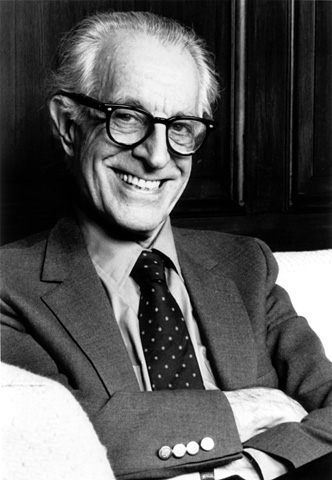The day I met Albert Ellis’ life and work, I fell in love, after a long period of time without finding meaning in psychology or without believing too much, I learned that thanks to good therapy, like TREC, psychology can be a powerful weapon for solving most people’s psychological problems.
This is explained by Ellis, when he applied his therapy himself to overcome his shyness and fear of meeting and intimate with women. And I must admit, my head also turned completely when I started applying it myself.
- That’s why.
- And for more people to know the father of rational therapy.
- I want to briefly show 7 of this genius’s lessons.
Rational therapy posites that it is not the situation or adversity that directly causes emotional discomfort, but ourselves. With our beliefs and thoughts we generate suffering.
In this sense, the A-B-C model teaches the patient to put all these concepts in order and to see clearly the relationship between thoughts and emotions.
Would the A?be the activation situation, the adversity or the problem. Would it be our thoughts and beliefs and him?VS?would be the consequences of those thoughts, that is, how we are emotionally and how we behave.
If it’s myo, are they rational, my? They’ll be healthy and normal, but what if mine?Are they irrational, my? C? It will be very unpleasant and negative.
Are they? B? In the model described above. But when we put the last name “irrational”, we mean that they are not based on logic or are realistic, that is, they are thoughts that cross our heads automatically, without a reasoning process that questions them and confront reality.
As a result, people suffer exaggeratedly and do not act in the best way. Ellis raised 11 basic irrational beliefs, although there may be many of them. The problem with these beliefs is that, as the name suggests, the person believes together and does not consider other thoughts or alternatives.
Ellis teaches us that all human beings have the same value, regardless of what they have or their external characteristics, the exterior is variable and even perishable.
What we have today may not be here tomorrow and we will not have lost our value as a person, which is intrinsic to us from the moment we first saw the light.
If we internalize this idea, which is reality, will we feel much freer and love each other unconditionally, without worrying about appearance, success, money?Because it doesn’t determine our value.
The most important thing is our ability to love life and others
Just as unconditional self-acceptance is important for us to be happy and comfortable with others, we must practice accepting others, who try to accept the ourselves as and how it is: whether beautiful or ugly, black or white. , Smart or not, having money or not having money.
Everyone can bring wonderful things, whatever their external characteristics, which, as I said, are not important.
Moreover, to free ourselves and not be anxious, it is very important to accept the people around us with their flaws and virtues, and not to try to change them or become stuck in endless discussions with them. change them easily. The key is to accept and appreciate the virtues they have, because everyone has them.
One of the keys to emotional health is practicing tolerance for frustration, that is, accepting that the world doesn’t go in the direction you want and that things won’t always go the way you’d like.
This is a reality that many people refuse to accept because of their irrational beliefs about the world. Should the world be the way I want it to be?And when that’s not done, they get anxious or depressed.
Tolerance is accepting that things will sometimes be good for us and sometimes things will not; and that we must tolerate such inconveniences.
This happens when the person thinks that what is happening is a terrible thing, very dramatic and that he cannot bear. Excessively exaggerates the downside of a situation.
It is a misunderstanding that makes us even more anxious, because it has been shown that human beings have the ability to withstand almost any psychological blow, therefore, the irrational belief would be: “What happens to me is very uncomfortable and unpleasant, but of course I can support you?”.
Visualization is one of the techniques used by TREC to disable irrational beliefs. They help practice rational thinking habits and facilitate healthy emotions.
The patient must imagine a situation that he fears as clearly as possible, to feel all the emotions that result from it. The person is then asked to change their exaggerated feelings for appropriate feelings.
For example, change panic for aversion, depression for sadness?We can prescribe our own emotions if we try to change the way we see things.

